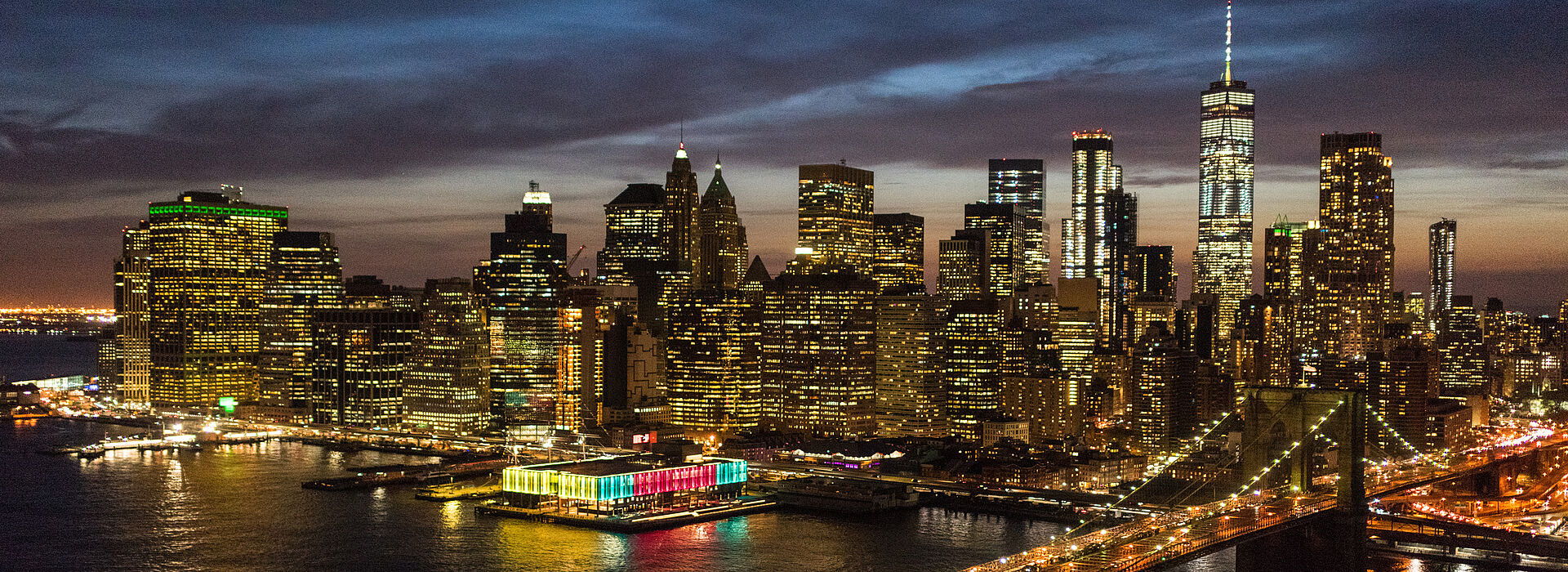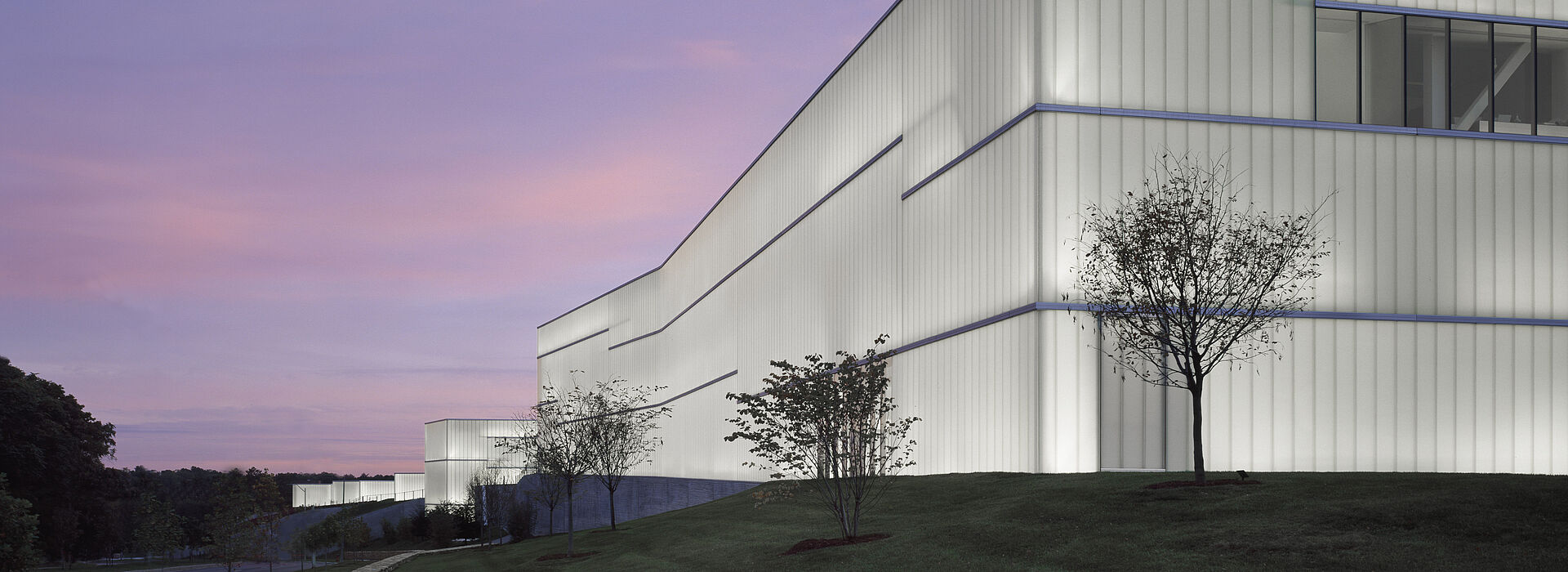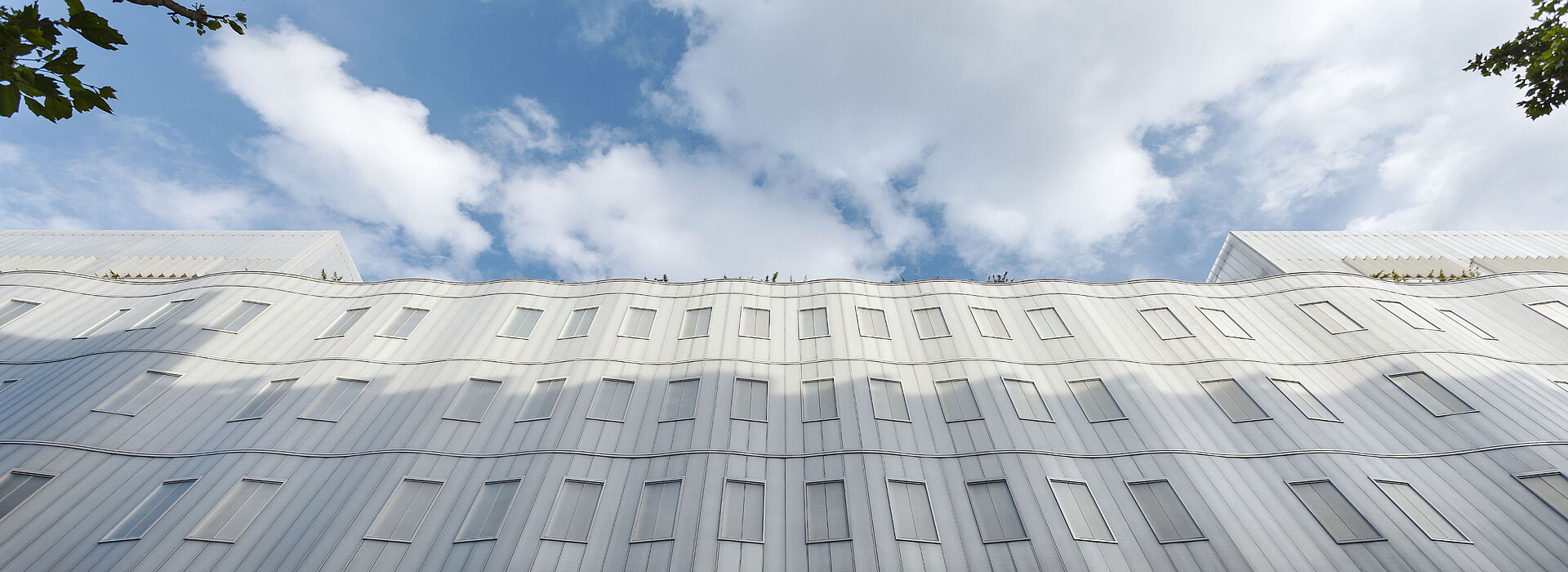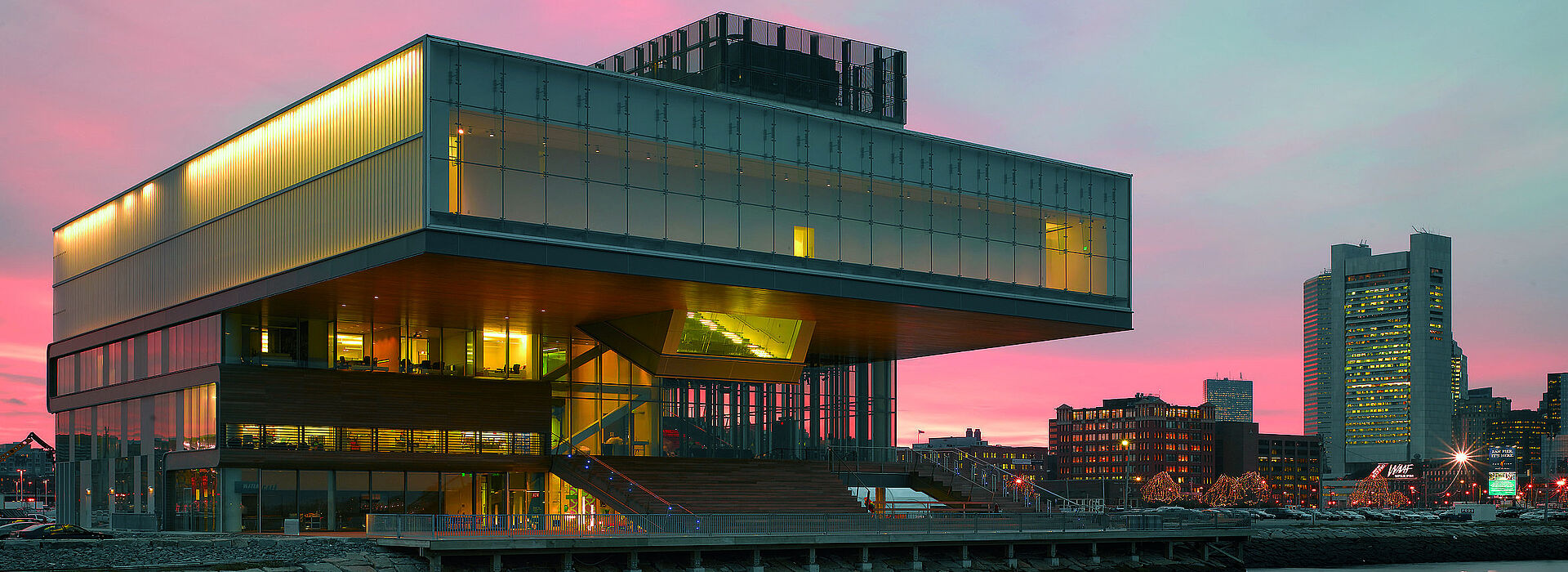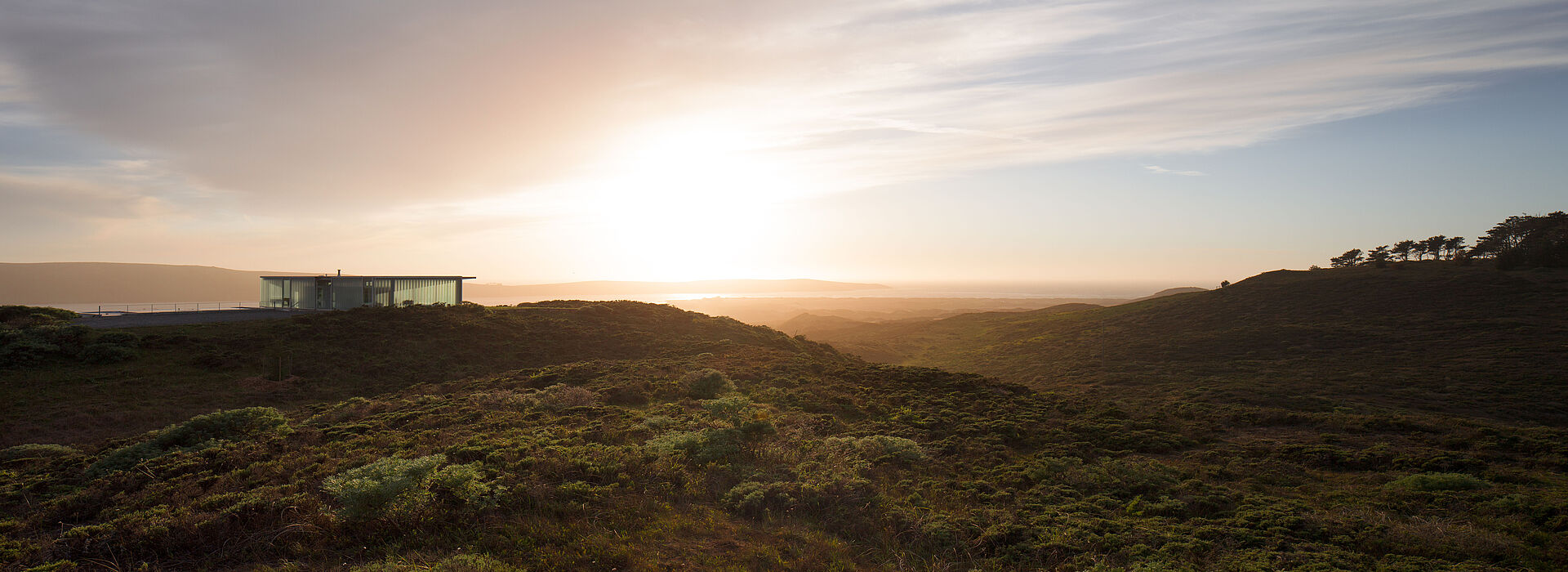Honoured with the Archello Awards 2023
Winner in the category "Building Tech of the Year"
For the 2023 international award programme, Archello had assembled a diverse and prestigious jury
comprising more than 60 renowned architects, designers and interior designers from around the world.
LAMBERTS LINIT®EcoGlass
In the first decades after World War II, profiled glass was used as a cheap, cost-effective solution for simple industry and commercial buildings. Today it is used for elaborate, design-driven architectural projects all over the world – such as museums, theaters, shopping centers, stadiums and many more – due to its quality, refinement possibilities, clear forms and technical variety.
LAMBERTS LINIT®EcoGlass (U-glass) is part of the training facilities of FC Bayern München and Real Madrid as well as the cable car station built for the Olympic Games in London or the Stubai glacier.
The most renowned architectural offices in the world like Steven Holl, Ian Ritchie, Rem Koolhaas and many more are planning with LAMBERTS glasses. Internationally renowned architecture awards like the LEAF prize awarded by the Leading European Architect Forum (most recently in 2016 for the Sainsbury Wellcome Center as Best Project and Best Facade) or a number of AIA Honor Awards reflect the great appreciation.
Early on our deep conviction, that you can use cast glass for many more brilliant things, encouraged us to break new ground and explore new horizons. As a result, we are the first profiled cast glass manufacturer (since 2000) to offer thermally toughened and processed U-glass of up to 7 meters as safety glass (with or without color enameling or sandblasting).
We are also constantly widening our portfolio of glass surfaces to meet the growing demands of the architects for the most aesthetic solutions. In addition, the very first point-fixed profiled glass facade (via drill hole) was successfully realized with LAMBERTS LINIT®EcoGlass.
Production
LAMBERTS LINIT is an alkali-lime glass. It's a special form of cast glass consisting mainly of sand, lime, soda and dolomite.
These raw materials are carefully melted down in the world’s first oxygen-fired – and therefore also environmentally friendly – cast glass furnace. The glass strip taken from the oven is bent into a U-shape whilst still in its plastic phase. It is then cooled and hardened. After the closely monitored cooling process the desired lengths are automatically cut, checked for quality and packaged in batches in transport foil.
The resulting glass lengths all have an individual optical character causing a lively, light-refracting glass facade. In contrast to float glass, LAMBERTS LINIT®EcoGlass panels never look exactly the same regarding their optical and physical properties, but of course the all meet the respective qualities and attributes listed in the LINIT product definitions.
Glass dimensions
Unlike flat glass panes, LAMBERTS LINIT profiled glass is durable and has excellent load-bearing capacities due to its U-shaped form. It can be mounted in considerable lengths (up to 7 meters depending on the wind load) without any intermediate support. LINIT LINIT®EcoGlass has such high static strength that side braces usually are not necessary. The result is a facade with a maximum of glass and a minimum of frame profiles.
LAMBERTS LINIT®EcoGlass glass is manufactured in seven basic types with varying u-profiles and dimensions. LINIT®EcoGlass special glasses with different thickness, web width and flange heights can be custom-made depending on the requirements when a certain order size is reached. Our sales staff is happy to provide you with concrete information if needed.
LINIT U-profiled glass is supplied from 100 cm up to a maximum length of 700 cm depending on the type. Within this range, fixed dimensions can be ordered to any desired length considering the production tolerances.
LINIT®EcoGlass low iron
LINIT®EcoGlass low iron, which is produced in special production runs, is certainly the premium glass
type in the whole U-profiled glass field.
Due to its optimized low-iron raw material composition, LINIT low iron has a higher light-transmission factor of approx. 90%, as well as a higher radiation-transmission factor of approx. 88% (usual production tolerances must be taken into account).
As the glass melt of LINIT®EcoGlass low iron is normally significantly brighter and less green than the glass melt of standard production, LINIT®EcoGlass low iron is preferred by architects and designers – particularly in combination with refined surfaces (sandblasted LINIT S or color enameled LINIT color).
In these special production runs generally P26/60/7 low iron solar is manufactured for specific
projects or in stock (sale while stock lasts, reservations can be made). Other types of low-iron LINIT can be produced according to the requirements of the project they are needed for, starting at a minimum demand depending on the specific glass type.
Please contact us, if you are interested in more information.
